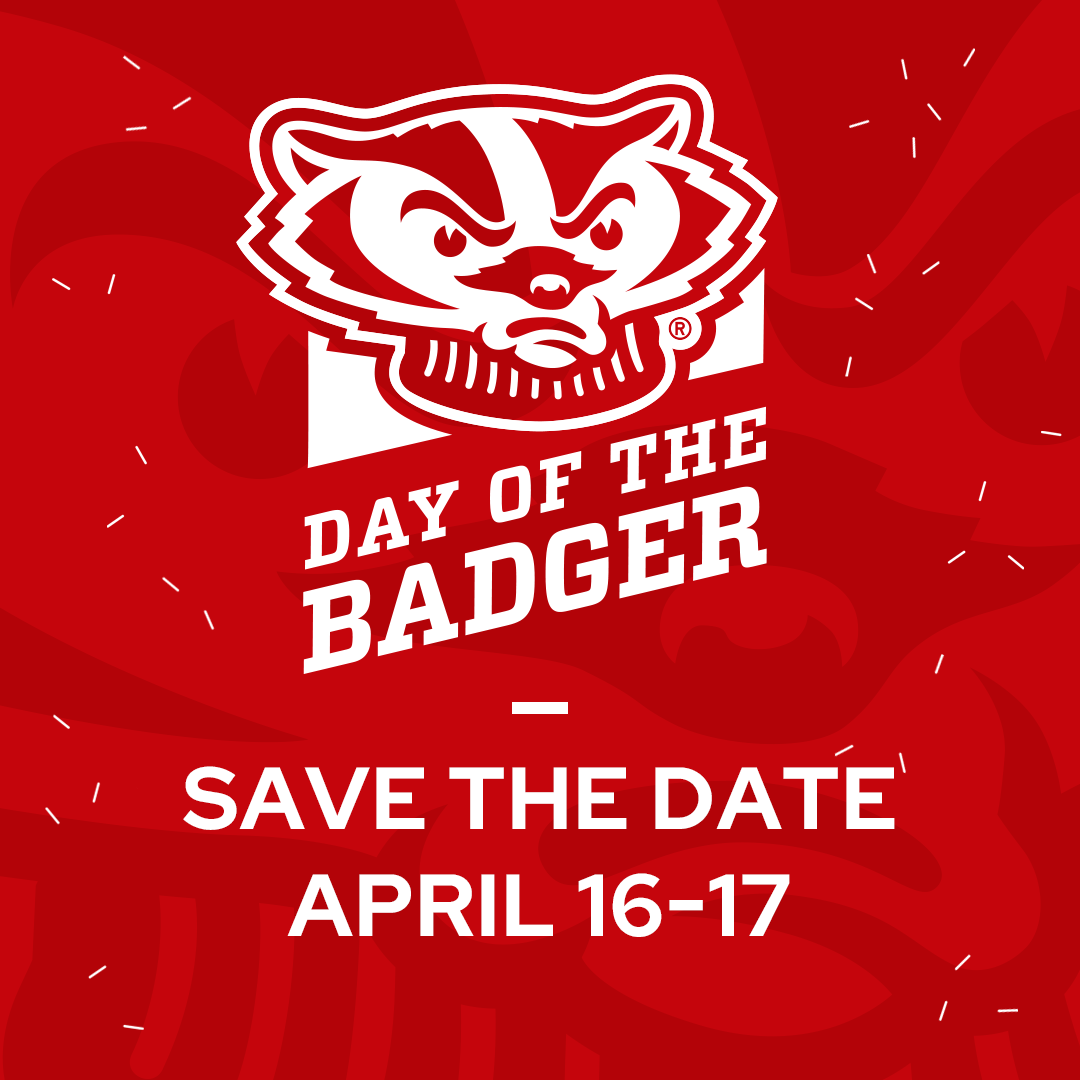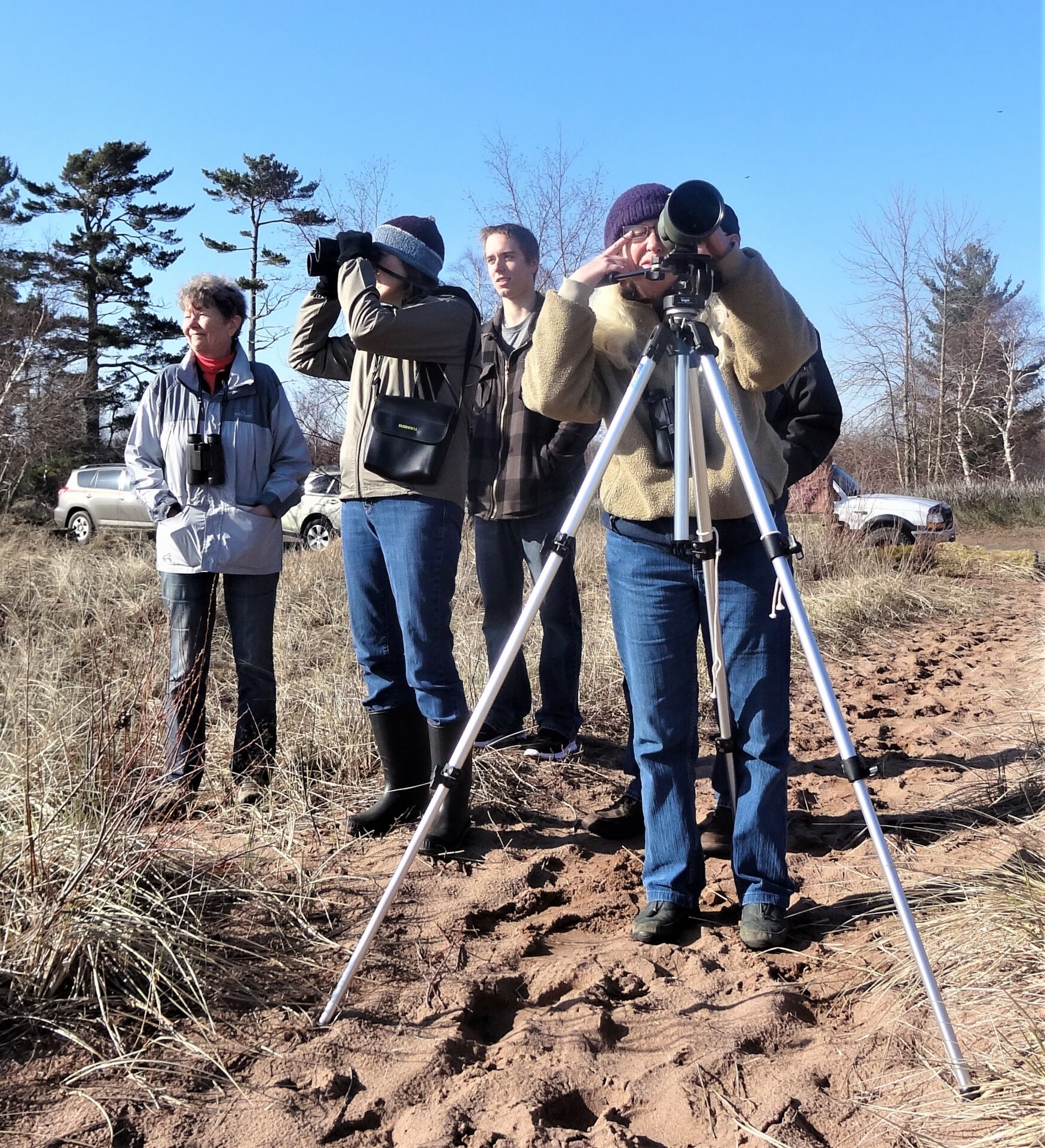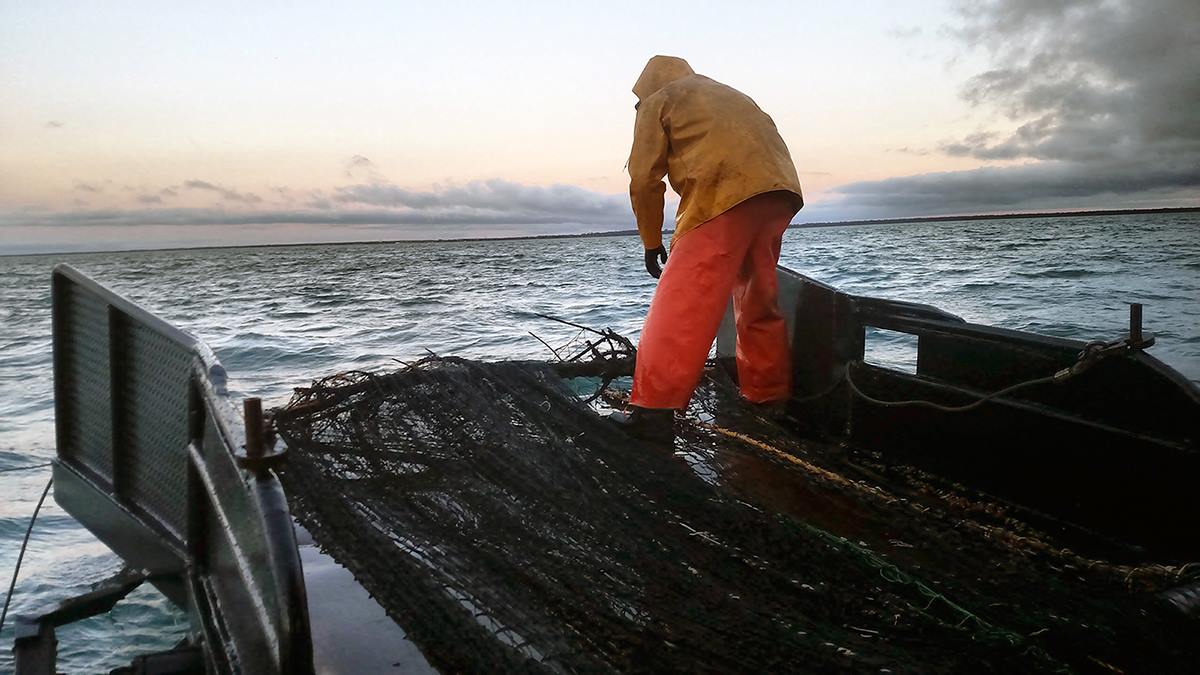Matt Kornis’s mother likes to tell the story of how they would walk in the neighborhood when Matt was two and he would pick up a stick to “fish” for leaves in puddles. Later, in college, his love for water, fish and the outdoors won out over his interest in molecular biology, leading to his current job with the U.S. Fish and Wildlife Service (USFWS) in Green Bay, Wis. Kornis is a fish biologist and data analyst with the Great Lakes Mass Marking Program, a multi-agency study across the Great Lakes that involves implanting coded wire tags into millions of stocked fish each year to help assess the effectiveness of the stocking program for lake trout and Chinook salmon.
Kornis was working on his undergraduate degree in biology at Lawrence University in Wisconsin when he applied for several internships in molecular biology or fisheries. As fate would have it, he received a fisheries internship with University of Wisconsin-Milwaukee’s John Janssen to look at alewife diets and habitat selection in Lake Michigan.
“I loved being outside every day during the summer, looking at different fish, analyzing at data and using it to answer questions,” Kornis said. And his fisheries career began. Kornis pursued both his master’s and Ph.D. in limnology and marine science at UW-Madison with the help of Wisconsin Sea Grant funding. He worked with Professor Jake Vander Zanden at the Center for Limnology on projects that explored the expansion of the invasive round goby into streams that enter Lake Michigan.
By identifying the environmental characteristics of the streams where round gobies were found, they were able to create a computer model to predict the gobies’ range expansion. Kornis also helped discover that round gobies may have more of an impact on native stream species when found at low densities than at high densities.
This led to a post-doctoral fellowship with the Smithsonian Environmental Research Center in Maryland where Kornis was able to explore the marine part of his degrees. He looked at how land use in the Chesapeake Bay watershed combined with shoreline alteration to impact fish and shellfish. A major finding of his work was that wetland loss and shoreline hardening (construction with cement, rock or other hard materials) have negative effects on the abundance of many species. Kornis also explored how phragmities, an invasive wetland plant, affects nearshore fish communities.
“Every summer, my life was dictated by the moon,” Kornis said, “because it affects the tides, and we could only sample during certain tidal phases,” which was definitely something Kornis did not have to consider when he worked in the Great Lakes.
After three years at the center, Kornis, a native of Glendale, Wis., moved back to Wisconsin to work for the Great Lakes Mass Marking Program. With the help of an automated process that can handle over 8,000 fish per hour, USFWS biologists have inserted tiny coded wire tags into the snouts of 16 million Chinook salmon and 28.5 million lake trout stocked into lakes Michigan and Huron since 2010. The tags, which look like small pieces of mechanical pencil lead, rest in the cartilage of the fish’s snout and contain numerical codes that denote what hatchery the fish are from and where they were stocked. The fish’s adipose fin (the small fleshy fin located behind the dorsal fin on the top of each fish) is clipped as a visual marker that the fish is tagged.
The tags are retrieved later by fisheries managers, sport anglers, commercial fishermen, and “head hunters” – USFWS tag recovery technicians who haunt fishing tournaments and fish cleaning stations to assess fish caught by anglers willing to participate in the program.
Each tag is painstakingly extracted from the fish’s snout by hand and read under a microscope for its code. Nearly 50,000 tags have been recovered since the program’s inception, providing information on two important Great Lakes fisheries.
“Chinook salmon and lake trout fisheries contribute to a 7-billion-dollar-per-year industry,” said Kornis. “The importance of these fisheries to the Great Lakes region can’t be understated, and we’re processing information to help enhance our understanding of that fishery.”
The boy who used to fish in puddles has come a long way.





